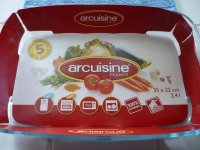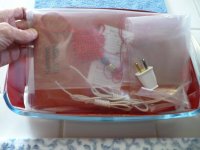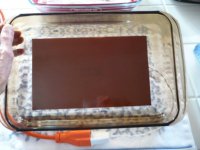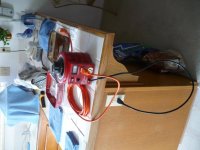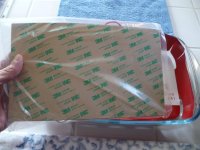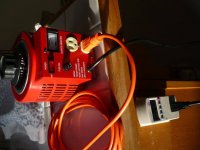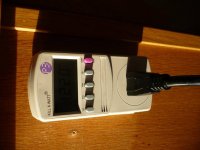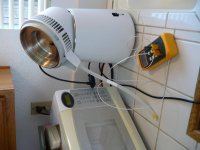Mellowyellow25
Member
https://youtu.be/fYMCA_Tg_vk
Please take a look at this short, well produced video by Endoca. This is the video that got me interested in pursuing all this.
Tell me what he does right and what you would change or what steps you would add, staying with his system of using grain alcohol for extraction.
Thanks!
Please take a look at this short, well produced video by Endoca. This is the video that got me interested in pursuing all this.
Tell me what he does right and what you would change or what steps you would add, staying with his system of using grain alcohol for extraction.
Thanks!

